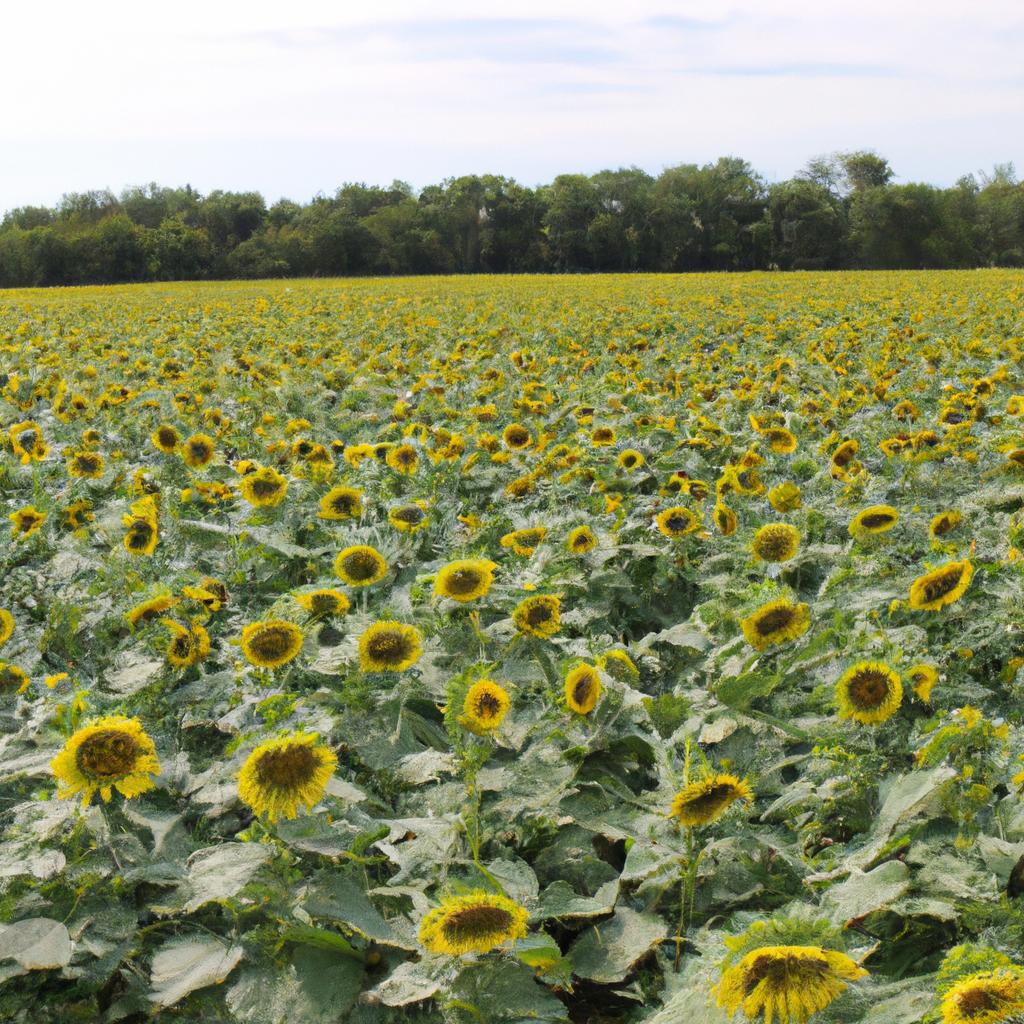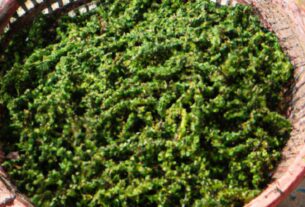Italy is renowned for its breathtaking landscapes, from majestic snow-capped mountains to sparkling coastlines. However, nestled between these natural wonders lie Italy’s fields, which are equally captivating and instrumental to the country’s economy and way of life. In this article, we will delve into the significance of Italy’s fields, exploring their uniqueness and the vital role they play.
Italy boasts diverse geography, encompassing a myriad of land formations. From the enchanting valleys of Tuscany to the undulating hills of Umbria, the country’s fields offer a diverse tapestry. Regardless of their location, these fields are vital to Italy’s economy as agriculture constitutes a significant sector, contributing approximately 2% to the country’s GDP and providing employment for over 3% of its population.
Beyond economic significance, Italy’s fields are interwoven with the country’s rich history and culture. For centuries, Italian farmers have nurtured their fields, cultivating crops that have become synonymous with Italian cuisine, such as tomatoes, olives, and grapes. The beauty of these fields has also inspired countless artists and writers, from the Renaissance painters who immortalized the Tuscan countryside to the poets who extolled the rolling hills of Umbria.
Let’s take a closer look at the various types of fields found throughout Italy, ranging from the rice paddies of the Po Valley to the citrus groves of Sicily. We will also examine the challenges faced by Italy’s fields today, including climate change and soil degradation. Additionally, we will explore the future of these vital landscapes, including emerging technologies and opportunities for growth and innovation. So, join me on this captivating journey through Italy’s fields – I assure you, it will be an unforgettable experience.
Types of Fields in Italy
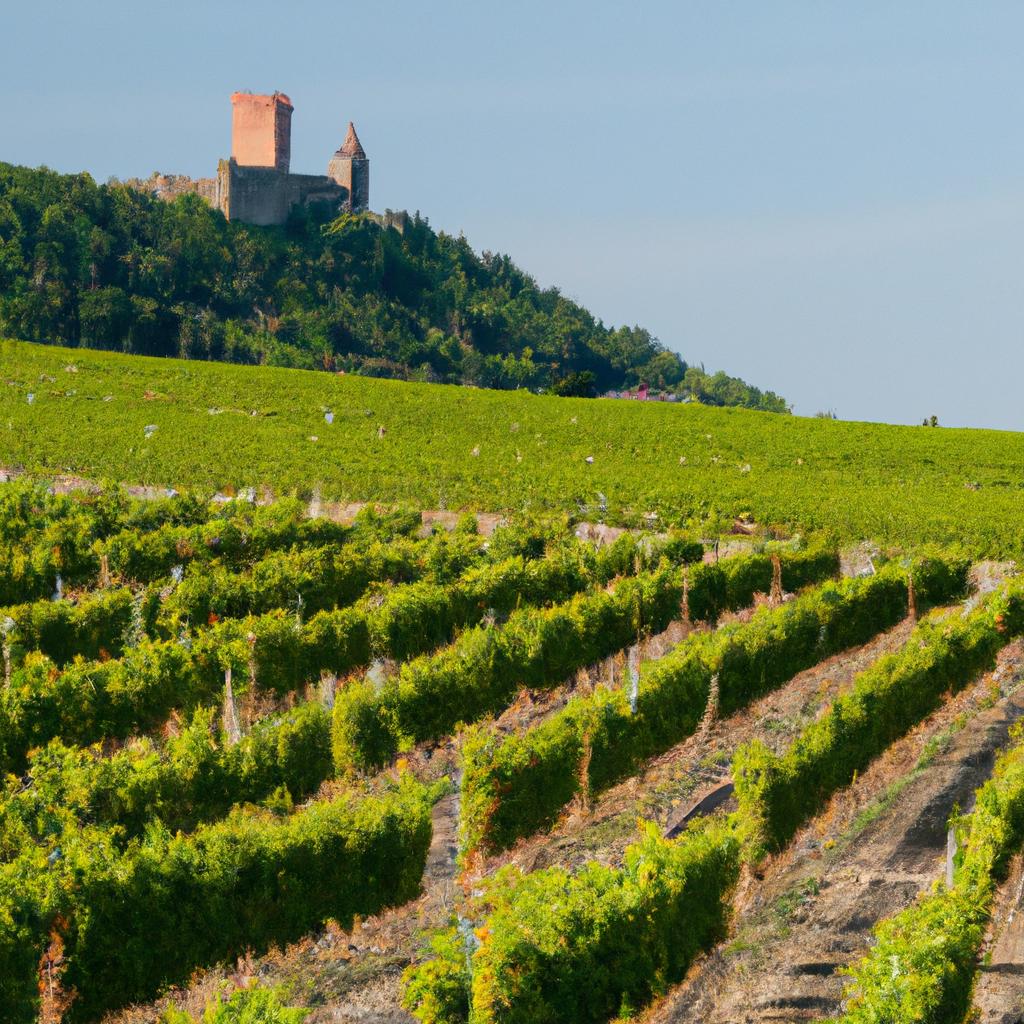
Vineyards in the Chianti region of Italy
Italy’s fields are characterized by an extensive range of crops cultivated throughout the country. Here is a glimpse into some of the most common types of fields found in Italy:
Vineyards
Italy’s vineyards are a renowned symbol of the country. From the rolling hills of Tuscany to the volcanic slopes of Mount Etna, Italian vineyards produce some of the world’s most esteemed wines. Chianti, Barolo, and Prosecco are just a few examples of the exceptional varieties originating from Italy’s vineyards.
Olive Groves
Olive oil is a staple ingredient in Italian cuisine, and olive groves can be found across the nation. Italy is the second-largest producer of olive oil worldwide, surpassed only by Spain. Regions such as Tuscany, Umbria, and Puglia are particularly renowned for their exceptional olive oil production.
Wheat Fields
Wheat holds immense importance as one of Italy’s primary crops, serving as a key ingredient in pasta and bread production. The Po Valley, spanning northern Italy, is the country’s most significant wheat-growing region. Other regions contributing substantial wheat yields include Sicily, Puglia, and Sardinia.
Citrus Groves
Italy is famous for its delectable citrus fruits, including oranges, lemons, and grapefruits. Citrus groves are scattered throughout the country, with Calabria and Sicily standing out as prominent regions known for their citrus production.
Rice Paddies
While not typically associated with Italian cuisine, rice is a major crop in Italy. The Po Valley is home to the majority of Italy’s rice paddies, yielding popular varieties such as Arborio and Carnaroli.
Other Crops
Italy’s fields also cultivate an array of other crops like tomatoes, artichokes, eggplants, and zucchinis. These crops form an integral part of traditional Italian dishes, playing a significant role in the country’s culinary heritage.
Overall, agriculture plays a vital economic and cultural role in Italy, with each type of field contributing uniquely to the nation’s agricultural landscape.
Famous Fields in Italy
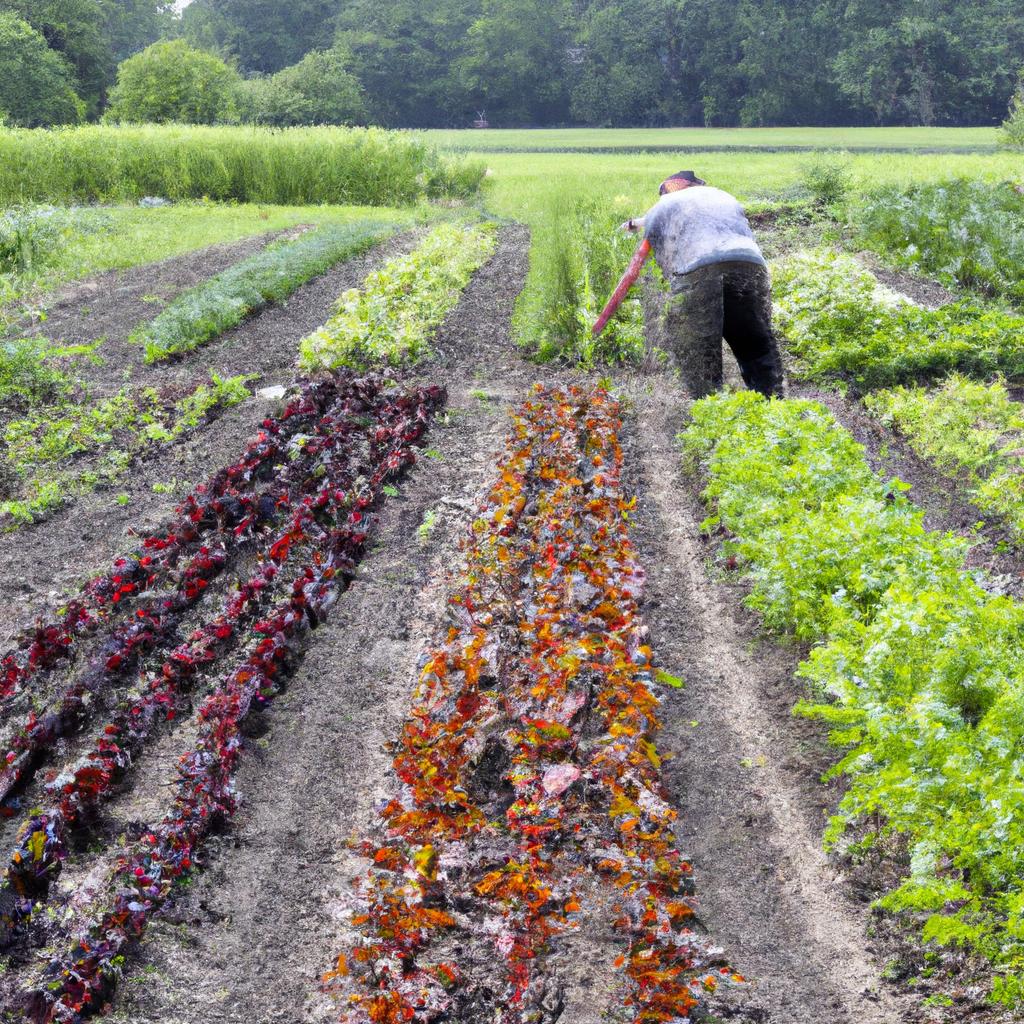
Agricultural diversity in the fields of Emilia-Romagna, Italy
Italy is graced with numerous iconic fields that have become synonymous with the country’s beauty and charm. Beyond aesthetic appeal, these fields are instrumental in supporting Italy’s thriving tourism industry.
Amongst the most renowned fields are the rolling hills of Tuscany. These picturesque landscapes, adorned with golden wheat fields and olive groves, have inspired artists, writers, and photographers for centuries. More than just an enchanting backdrop, Tuscany’s fields serve as a major attraction for tourists seeking authentic culinary experiences and immersion into the region’s rich history. Charming towns like Siena and San Gimignano dot these hills, offering visitors the opportunity to savor local delicacies and delve into the region’s storied past.
However, Tuscany is just a glimpse into Italy’s wealth of famous fields. The Val di Noto, situated in southeastern Sicily, is renowned for its breathtaking lavender fields. Immersed in vibrant hues of purple, these fragrant landscapes serve as a paradise for photographers. The region’s baroque architecture, painstakingly rebuilt after a 17th-century earthquake, further enhances the area’s allure.
Italy’s fields not only contribute to the country’s revenue through tourism but also evoke a sense of pride among its people. Italians deeply cherish their country’s natural beauty, and the fields stand as tangible expressions of this beauty.
In conclusion, Italy’s famous fields are not mere landscapes but rather integral aspects of the country’s culture and economy. From Tuscany’s rolling hills to the Val di Noto’s lavender fields, these landscapes have captivated individuals worldwide. As Italy’s tourism industry continues to flourish, the significance of these fields will only grow.
Challenges Faced by Italy’s Fields
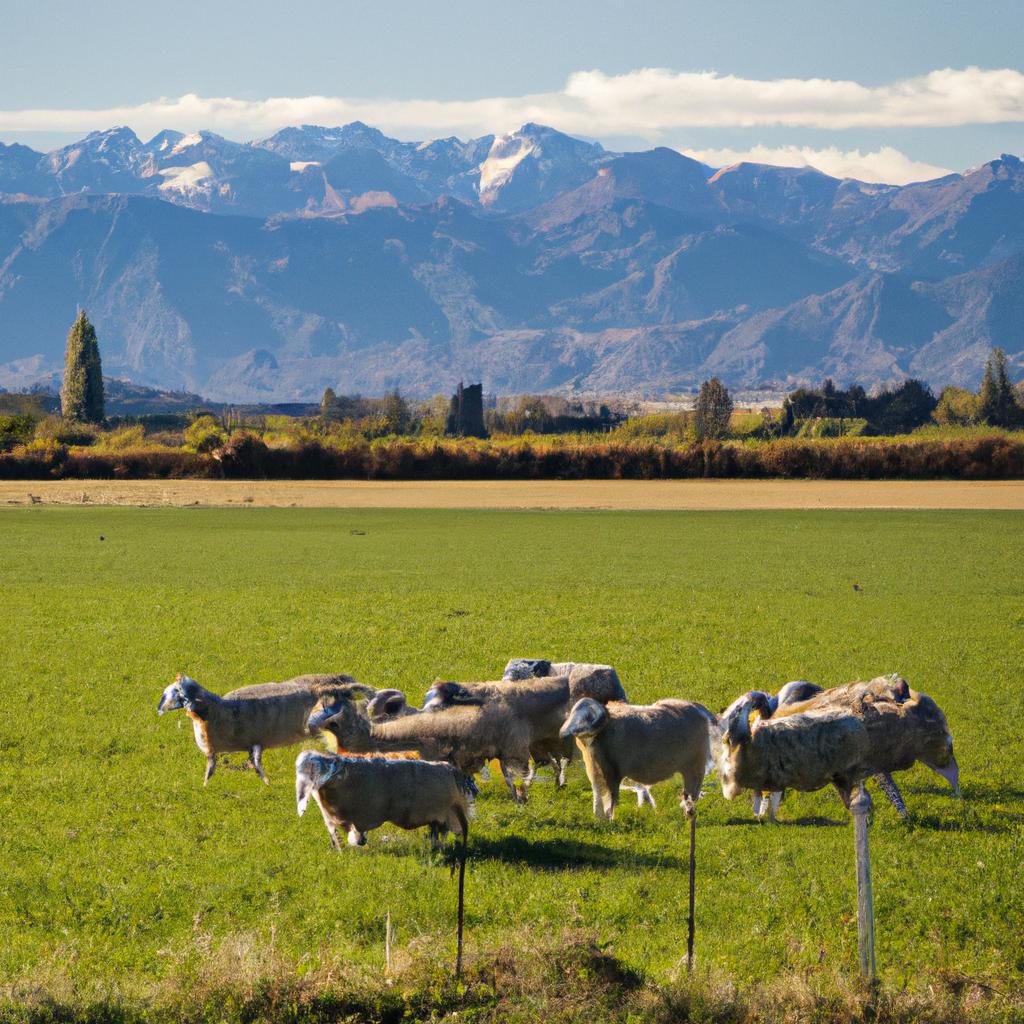
Sheep farming in the fields of Abruzzo, Italy
Italy’s fields encounter a range of challenges that pose threats to their sustainability and productivity. These challenges arise from both natural phenomena and human activities.
Climate Change
One of the most pressing challenges confronting Italy’s fields is climate change. Rising temperatures and shifting precipitation patterns disrupt the growing seasons of various crops, impacting their yields and quality. Italy’s esteemed wine industry has already experienced the effects of climate change, with warmer temperatures diminishing the acidity and complexity of some of the country’s most renowned wines.
Soil Degradation
Soil degradation represents another obstacle faced by Italy’s fields. Excessive use of fertilizers and pesticides, coupled with erosion and compaction, steadily deplete soil health. This in turn hampers crop yields and quality. Recognizing the importance of soil health, Italy’s government has embarked on promoting sustainable agricultural practices.
Impact on Italy’s Agricultural Industry
These challenges significantly impact Italy’s agricultural industry. Diminished yields and quality coupled with increased costs of resources like water and fertilizers pose particular challenges for small-scale farmers. Limited resources restrict their ability to invest in new technologies and practices, exacerbating their plight.
Measures Taken by the Government and Farmers
To address these challenges, Italy’s government and farmers have implemented a range of measures. These include the promotion of sustainable agriculture practices such as crop rotation and utilization of organic fertilizers. The government is also investing in research and development to create climate-resistant and soil-friendly crop varieties. Farmers, on their part, are embracing innovative technologies like precision agriculture to better manage their fields and minimize environmental impact.
In conclusion, while Italy’s fields face multifaceted challenges, hope remains for their future. By championing sustainable agriculture practices, adopting cutting-edge technologies, and investing in research, Italy’s farmers and government are working together to ensure the continued productivity and beauty of these vital landscapes for generations to come.
The Future of Fields in Italy: Innovations and Opportunities
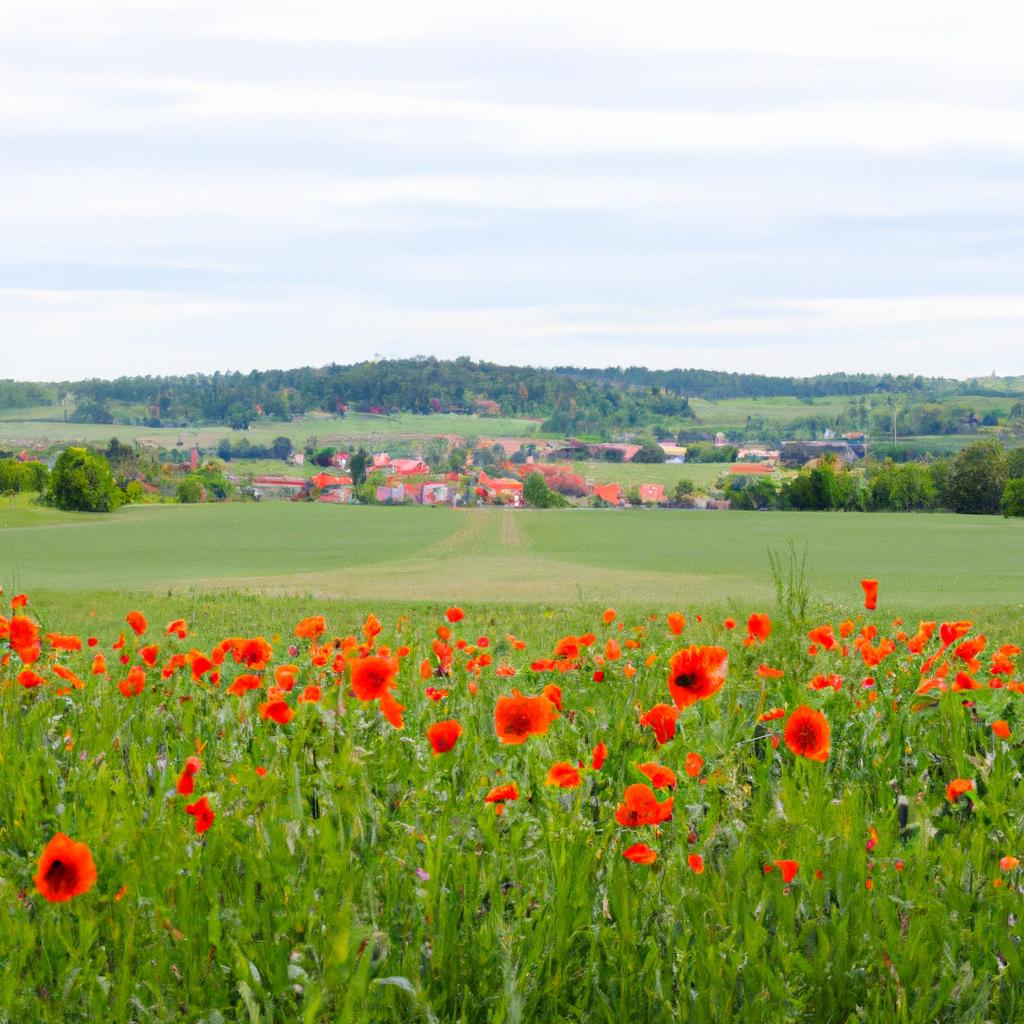
Poppies in bloom in the fields of Umbria, Italy
Italy’s agricultural industry has undergone significant transformations over the years, with emerging trends and developments shaping the sector’s future. One prominent trend is the burgeoning interest in organic farming. As global consumers increasingly prioritize the quality and safety of their food, organic farming offers a viable solution. Italy has witnessed a surge in organic farmland and presently ranks as the second-largest organic farmland provider in Europe.
Sustainability has also become a central focus in Italy’s agricultural industry. Farmers are embracing practices that reduce environmental impact, such as utilizing renewable energy sources, conserving water, and minimizing waste. These practices not only benefit the environment but also enhance cost-efficiency, ultimately improving farmers’ bottom line.
Technology plays an increasingly influential role in Italy’s agricultural sector, offering innovative solutions to enhance efficiency and productivity. Precision agriculture stands out as a remarkable development in this regard. Leveraging data and sensors, precision agriculture optimizes crop yields and minimizes waste. Real-time monitoring of soil conditions and water usage empowers farmers to make informed decisions and adapt their practices accordingly.
Another emerging technology employed in Italy’s agricultural industry is robotics. Robots are utilized for various tasks, including planting, harvesting, and pruning, which have traditionally been labor-intensive and time-consuming. Automation saves time, reduces labor costs, and enhances overall efficiency.
Opportunities for growth and innovation abound in Italy’s agricultural sector. Agro-tourism, for instance, combines agriculture with tourism, providing visitors the chance to experience Italy’s rural landscapes and traditional way of life. Agro-tourism serves as an additional income source for farmers while promoting sustainable agriculture and preserving Italy’s cultural heritage.
Value-added products represent another avenue for growth and innovation in Italy’s agricultural sector. The country’s fields yield a plethora of high-quality crops, ranging from wine and olive oil to truffles and saffron. By adding value through processing, packaging, and marketing, farmers can increase profits and expand their businesses.
In conclusion, the future of fields in Italy shines brightly, fueled by emerging trends, technologies, and opportunities that drive growth and innovation in the agricultural sector. By embracing these developments and adapting to the evolving landscape, Italian farmers can thrive while preserving the country’s natural beauty and cultural significance.
Conclusion
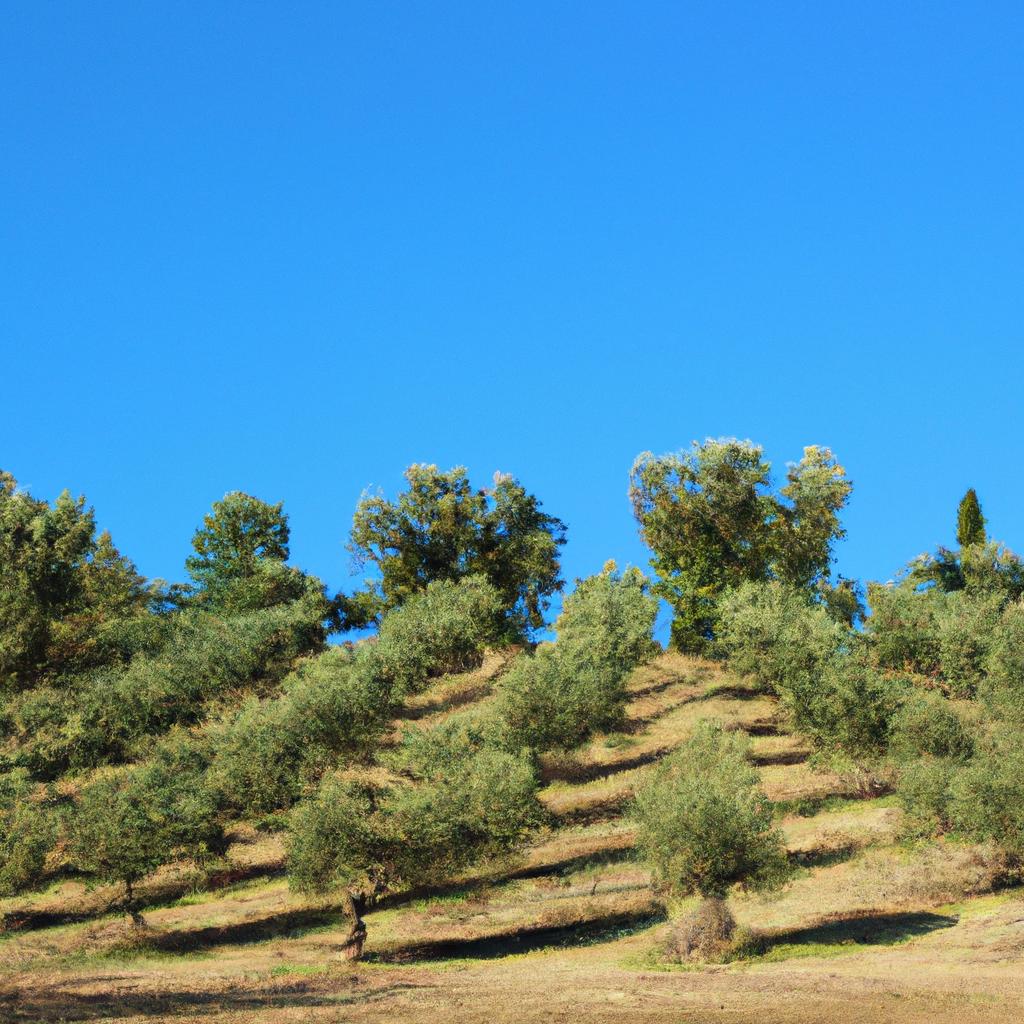
Olive groves in the hills of Tuscany, Italy
Italy’s fields go beyond their economic impact, embodying the essence of the country’s history, culture, and way of life. From the captivating hills of Tuscany to the citrus groves of Sicily, these landscapes provide glimpses into the heart and soul of Italy.
While these fields face numerous challenges today, including climate change and soil degradation, Italian farmers and policymakers are actively working towards creative solutions. Leveraging innovative practices such as precision agriculture and sustainable farming, they strive to ensure that these vital landscapes remain productive and retain their beauty for future generations.
TooLacks is committed to raising awareness about the crucial roles played by Italy’s fields in the country’s economy, culture, and way of life. We hope that this article has not only inspired you to explore Italy’s fields but also encouraged support for the country’s agricultural industry. Feel free to visit TooLacks to learn more about our dedication to Italy’s fields and join us in raising a glass of Chianti to their beauty, abundance, and promising future.
